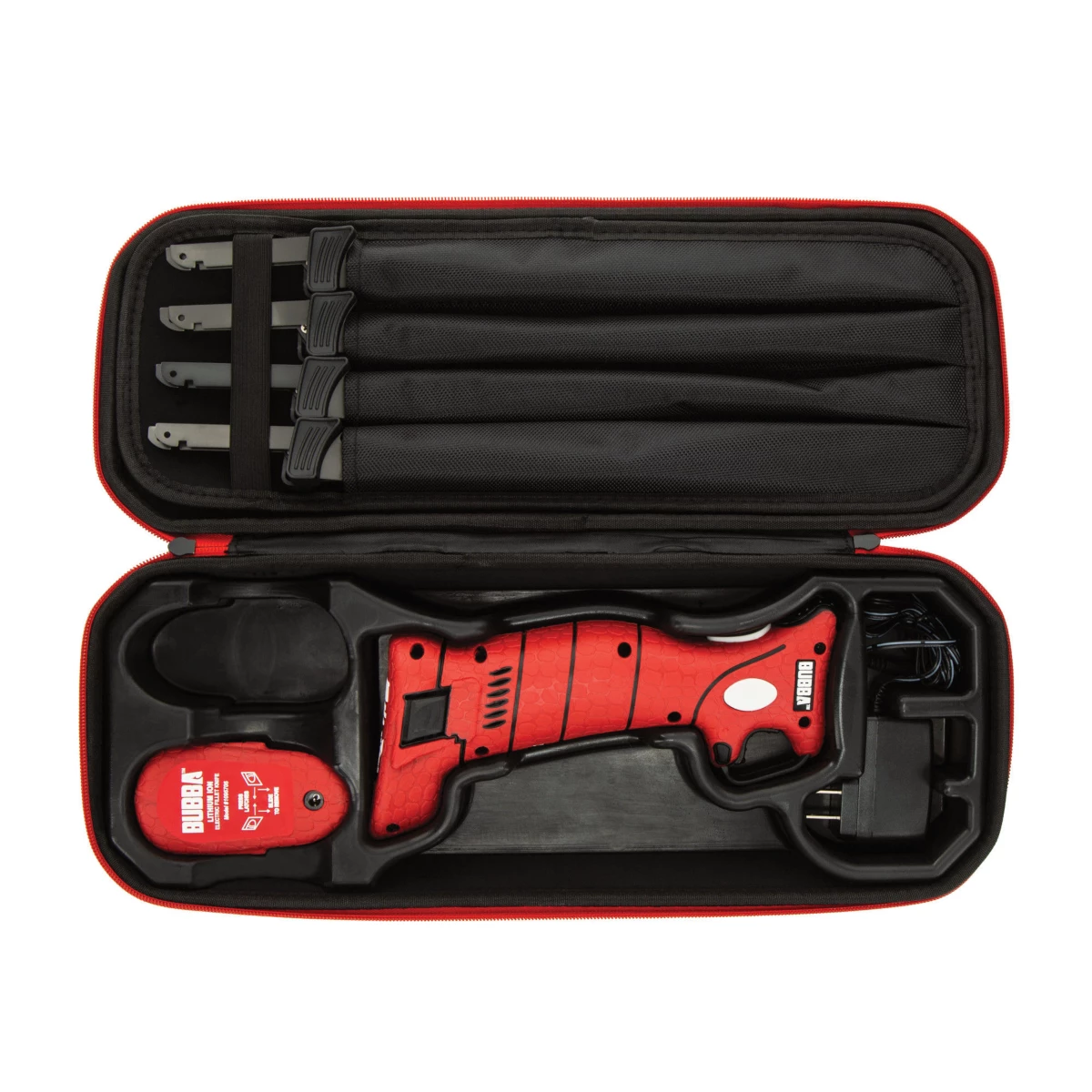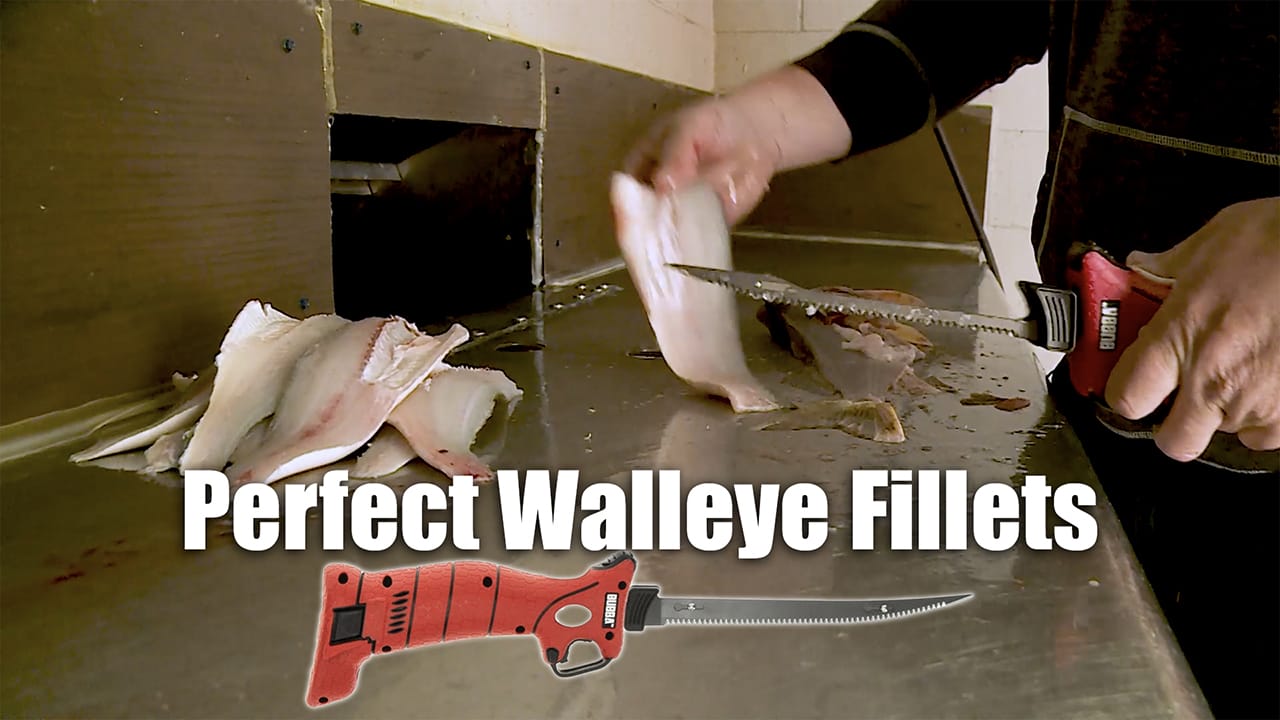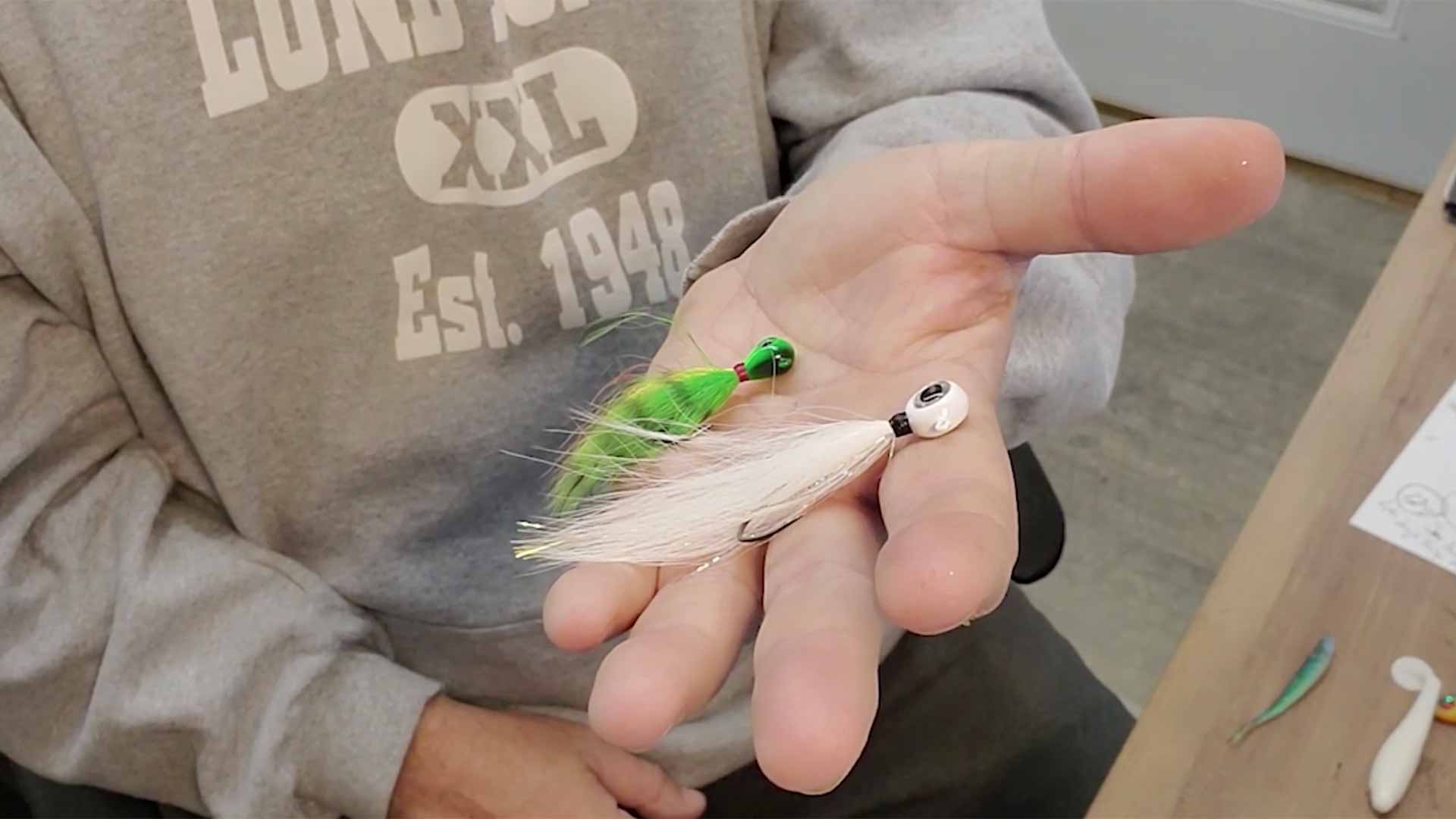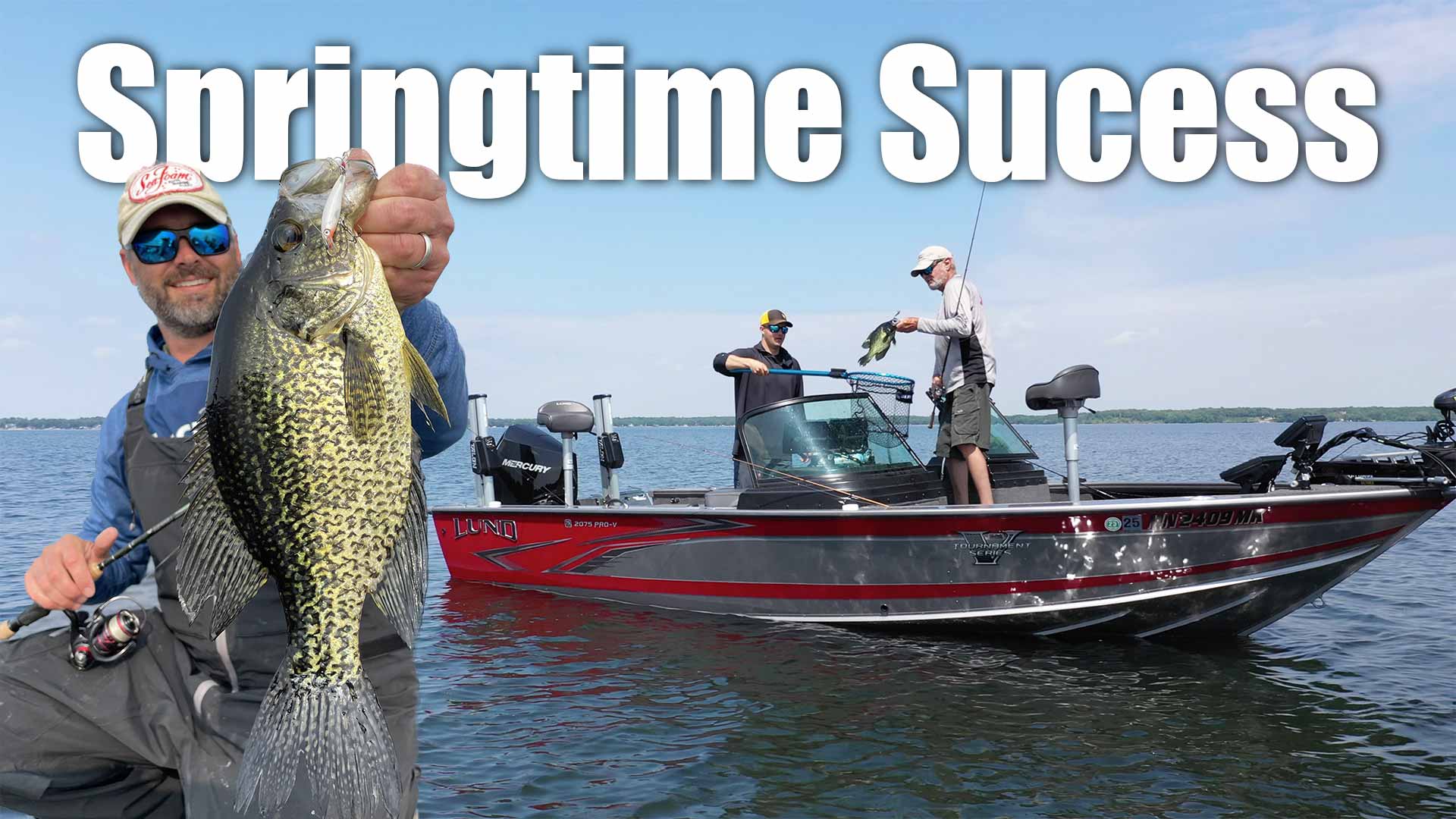Jeff Simpson offers up some tips for filleting walleyes with a Bubba Lithium Ion Cordless Fillet Knife.
Filleting walleye can be a time-consuming task, but with the right tools and techniques, you can make the process much more efficient. In this article, I will share some tips and tricks for filleting walleye using an electric knife. These tips will help you achieve perfect fillets and make the cleaning process a breeze.
Prepare Your Tools
Before you start filleting the walleye, it’s important to have all the necessary tools ready. In addition to an electric knife, you will also need a case to store the fillets. I recommend using a case that comes with zip locks, as they can be handy for storing the fillets after cleaning.
Take Your Time
While it may be tempting to rush through the filleting process, taking your time is key to getting perfect fillets. I grew up filleting fish and initially wanted to be really fast. However I soon realized that slowing down and taking pride in getting the perfect fillets was more important. So, when filleting walleye, remember to take your time and focus on getting the best results.
Use an Electric Knife
Using an electric knife can greatly improve your efficiency when cleaning walleye. These knives are designed to make the process easier and faster. Once you get used to using an electric knife, you’ll be able to fillet the fish with precision and speed.
Bleed the Fish
Before bringing the walleye inside, it’s a good idea to bleed them out. This can be done by using Bubba scissors to cut them in a specific spot. Bleeding the fish improves the quality of the fillet and ensures that the meat is white and clean.
Remove the Hides and Rib Cages
Once the fish is bled, it’s time to remove the hides and rib cages. Start by removing the hides, and then proceed to remove the rib cages. This step is crucial in achieving perfectly clean fillets.
Flip and Peel
Here’s a little trick to make the process even easier. Once you’ve started removing the rib cages, flip the fillet over and put your knife right at the edge. This will allow you to peel off the fillet easily and efficiently.
Leave the Skin On
When you’re almost done with the filleting process, leave a portion of the skin on. This is required by some states for transportation purposes. Leaving the skin on allows for easier inspection if you get checked on the way home. Once you’re home, you can easily remove the skin with a knife.
Filleting walleye can be a time-consuming task, but with the right tools and techniques, you can make the process much more efficient. By using an electric knife, taking your time, and following the steps outlined in this article, you’ll be able to achieve perfect fillets every time. Remember to prepare your tools beforehand, including an electric knife and a case with zip locks for storing the fillets. Take your time and focus on getting the best results, rather than rushing through the process. Using an electric knife will greatly improve your efficiency and precision. Bleeding the fish before cleaning them ensures that the fillets are white and clean. Remove the hides and rib cages carefully to achieve perfectly clean fillets. A helpful trick is to flip the fillet over and peel it off from the edge. Finally, leave a portion of the skin on for transportation purposes, but remove it once you’re home.
Filleting Walleyes with an Electric Knife
In terms of table fare walleyes are arguably the most sought after fish in the Upper Midwest and for good reason; they are delicious. Their pearly white fillets are great baked, fried, grill, or just about any other way you can prepare fish.
Filleting walleyes with electric knifes is a fast and effective way to clean multiple fish. You will make the same cuts you would with a standard fillet knife.
Filleting walleyes with an electric knife has become a popular method among anglers due to its efficiency and precision. The walleye, known for its delicate flesh and delicious taste, requires careful handling during filleting to preserve its quality. Using an electric knife streamlines the process, allowing anglers to quickly and effectively remove the fillets while minimizing waste.
To begin, anglers typically start by securing the walleye on a clean cutting surface, preferably a fillet board or a stable countertop. Ensuring a stable surface is essential for safety and precision during the filleting process. Once the walleye is positioned securely, the angler can begin by making an incision just behind the gill plate and pectoral fin, angling the knife slightly towards the head to guide the cut along the contour of the fish.
With the initial incision made, the electric knife effortlessly glides along the backbone, separating the fillet from the body with smooth, precise cuts. The angler can control the depth and angle of the cut with ease, allowing for consistent and uniform fillets. As the knife moves along the spine, it efficiently removes the rib bones, ensuring the fillet is clean and free of any unwanted bones or cartilage.
Once the first fillet is removed, the angler can repeat the process on the opposite side of the walleye, producing a second fillet of equal quality. The electric knife’s sharp blade and consistent cutting motion make quick work of the filleting process, saving time and effort compared to traditional manual methods. Additionally, the precision of the electric knife minimizes meat wastage, ensuring that the angler maximizes the yield from each walleye caught.
After both fillets are removed, anglers may choose to further trim and clean the fillets to their desired specifications, removing any remaining skin or pin bones. Proper storage of the fillets is crucial to maintain freshness and flavor, with options including vacuum sealing, freezing, or immediate consumption. With the filleting process complete, anglers can look forward to enjoying delicious walleye dishes prepared from their freshly caught fillets, knowing that the electric knife has helped them achieve optimal results with minimal effort.
The final step is to remove the pin bones. Run the knife perpendicular to the cutting knife right near the lateral line. You can feel them every time with the tips of your fingers before you cut.
This will ensure you have completely boneless walleye fillets.











